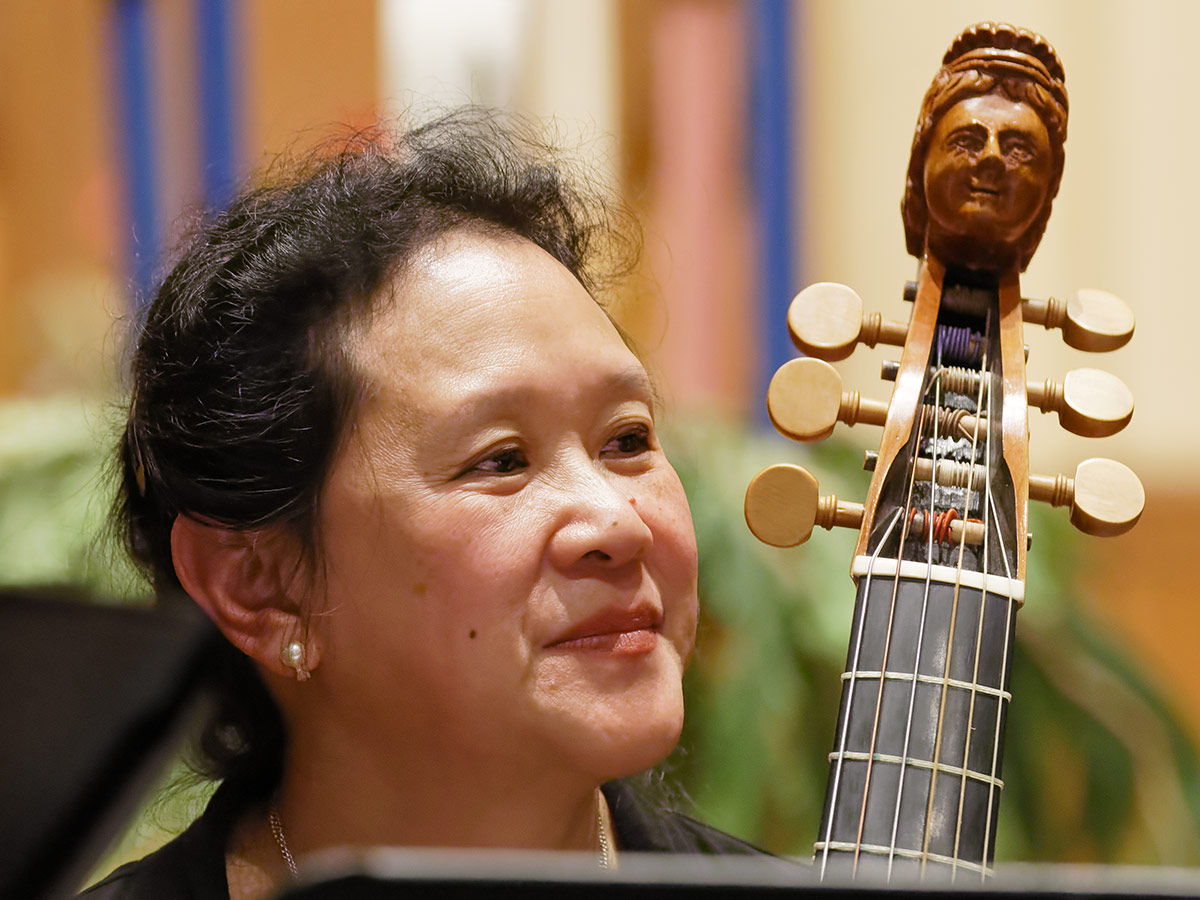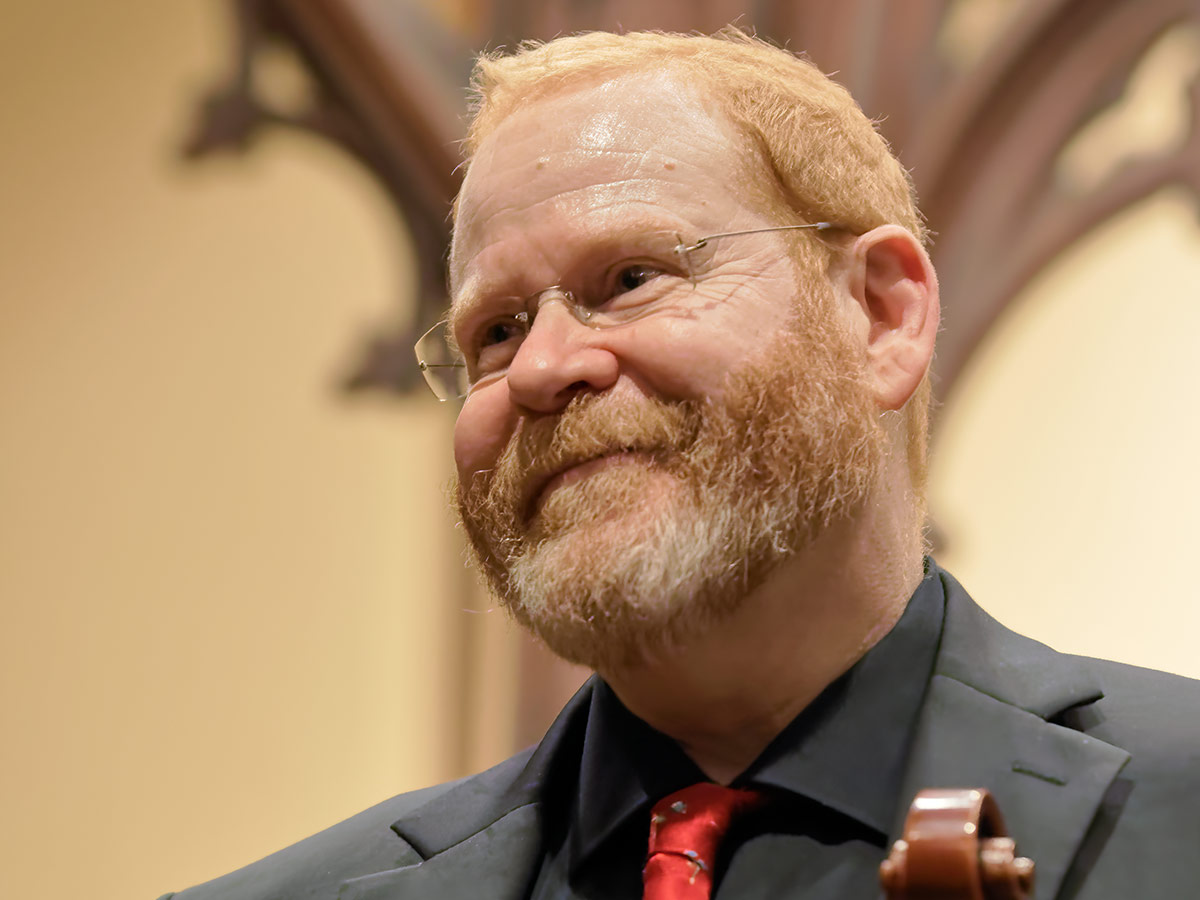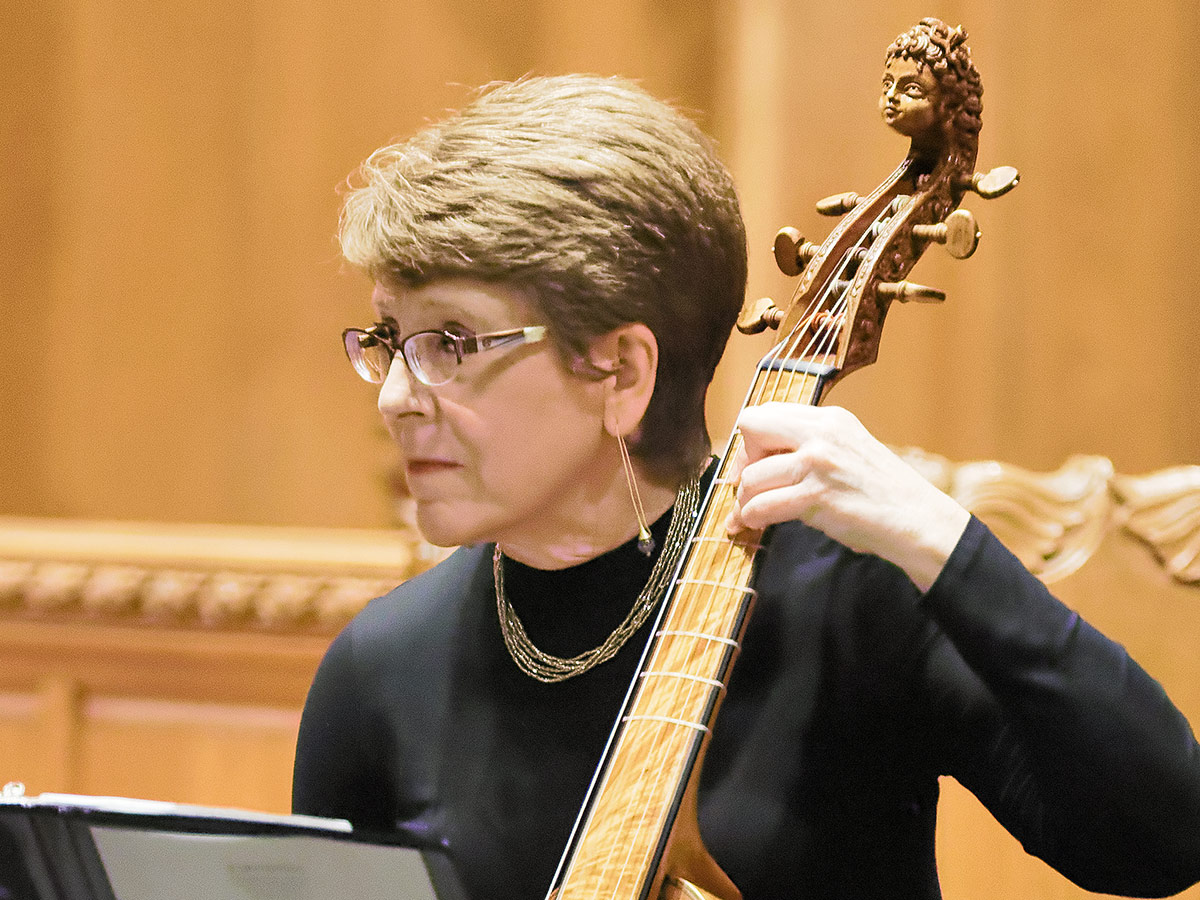- Home
- About Parthenia
About Parthenia
PARTHENIA is

The viola da gamba quartet PARTHENIA brings early music into the present with a ravishing sound and a remarkable sense of ensemble, animating both ancient and fresh-commissioned repertoire to critical acclaim. These “local early-music stars,” hailed by The New Yorker and music critics throughout the world, are “one of the brightest lights in New York’s early-music scene.”
Parthenia is Beverly Au, Lawrence Lipnik, Rosamund Morley and Lisa Terry. The ensemble appears regularly in concerts across America and produces its own series in New York City, collaborating with the world’s foremost early music specialists. The quartet has been featured in prestigious festivals and series as wide-ranging as Music Before 1800, Berkeley Early Music Festival, Early Music Now Concert Series, Arizona Early Music Society, Chamber Music Tulsa, National Gallery of Art, Harriman-Jewell Series, Maverick Concerts, Regensburg Tage Alter Musik, Rockport Chamber Music Festival, Pierpont Morgan Library, Metropolitan Museum of Art, and at the Venice Biennale.
Parthenia’s performances range from Venetian Renaissance masterpieces performed on rare reproductions of the earliest viols, to the complete viol fantasies of Henry Purcell, to a musical journey through the Habsburg empire. Parthenia also commissions and premieres new works annually, especially engaging women composers such as Calliope Tsoupaki, Frances White, Kristin Norderval, Tawnie Olson, and librettist Wendy Steiner.
Parthenia’s discography includes As it Fell on a Holie Eve – Music for an Elizabethan Christmas, Les Amours de Mai, The Flaming Fire – Mary Queen of Scots and Her World, A Reliquary for William Blake, Within the Labyrinth and Nothing Proved – New Works for Viols, Voice, and Electronics.
Parthenia is represented by Summerell Arts and records for MSR Classics.
About the Viol
The viol, or viola da gamba, is a family of stringed instruments celebrated in European music from the Renaissance to the Enlightenment. Today on both sides of the Atlantic, soloists as well as viol groups-known as “consorts”-have rediscovered the lost repertoire and ethereal beauty of this early instrument. The viol was first known as the “bowed guitar” (vihuela da arco), a joint descendent of the medieval fiddle and the 15th-century Spanish guitar. Unlike its cousin, the arm-supported violin (viola da braccio), the viol is held upright on the leg (gamba) or between the legs; its bow is gripped underhand; and its body is made of bent or molded wood. These characteristics lend a distinctive lightness and resonance to viol sound that have inspired a wave of new works by 21st-century composers and a growing enthusiasm on the part of international audiences.





